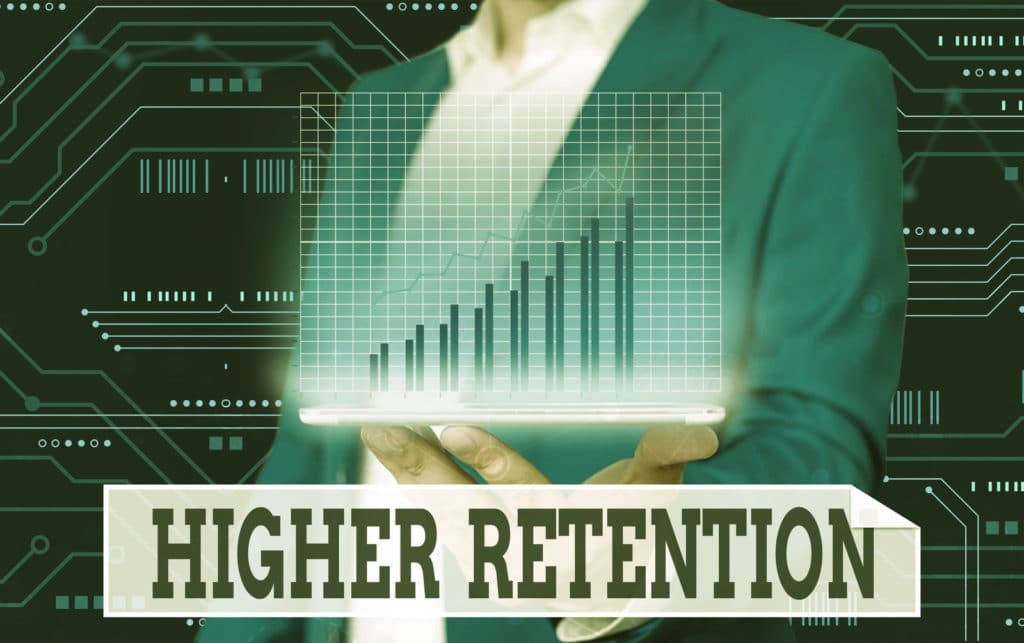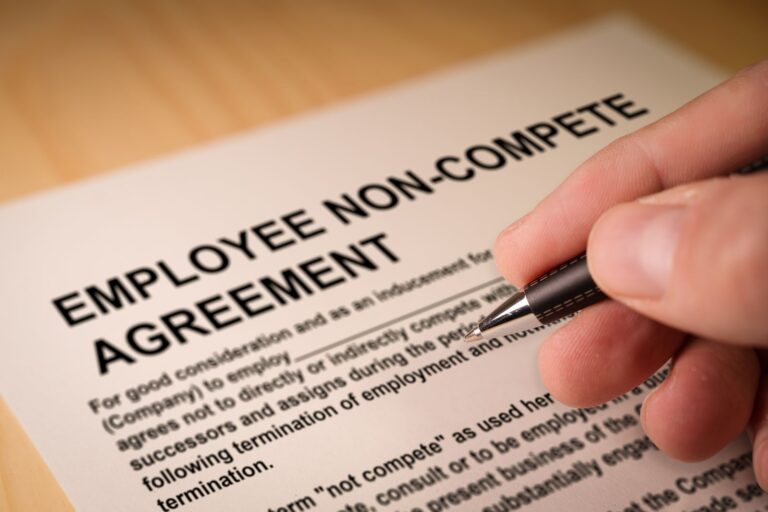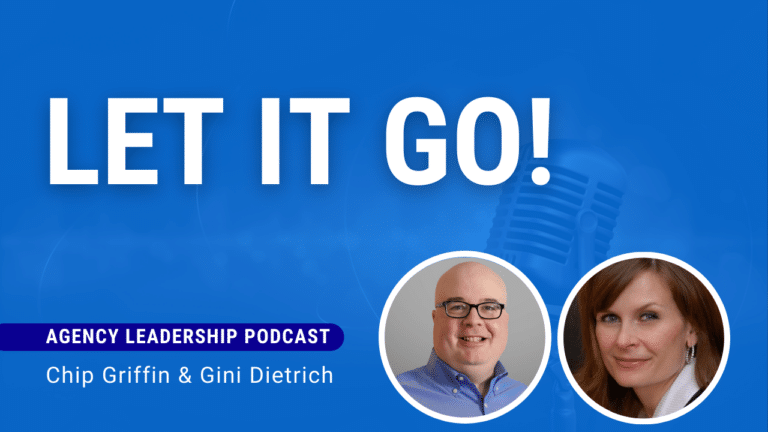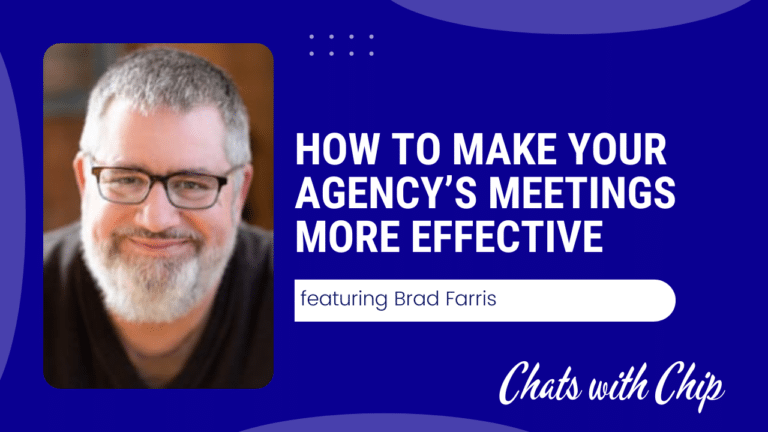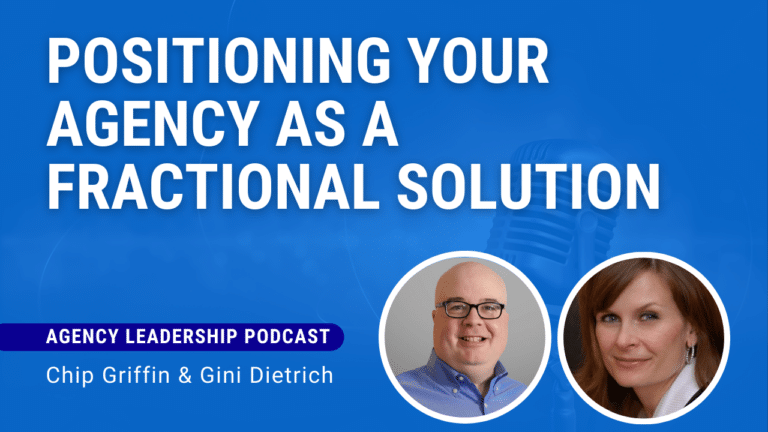It’s much easier to generate revenue from a client you already have than a prospect you have yet to convert.
That’s why agencies always need to be thinking about client retention strategies. The trick is to have a plan for it rather than falling back on the old standby of constant over-servicing.
Public relations agencies, in particular, face challenges because the results of earned media campaigns depend on third parties. The agency can’t really control when a journalist decides to write something — or when the outlet will publish a piece.
That can be frustrating for agency and client alike. Explaining to your client that the reporter liked what they heard but the piece hasn’t appeared yet is a bit like telling a vendor that the check is in the mail. It is wholly unsatisfying.
That’s where the PESO Model can be especially helpful for PR agencies. It gives you more tools at your disposal to show continued progress to the client — and potentially fill in the lulls that may exist between published pieces.
The PESO Model was developed by my Agency Leadership Podcast co-host Gini Dietrich. (No, she didn’t put me up to writing this article.)
It includes four key components:
- Paid Media
- Earned Media
- Shared Media
- Owned Media
The order of the elements isn’t important — Gini will tell you that PESO rolls off the tongue a little easier than some of the other combinations.
For traditional PR agencies, Earned Media likely represents the core of their offering. There’s no reason to change that. There’s still a very important role for media of all sorts to play in the communications arsenal.
Regular readers will know that I preach specialization and not trying to be all things to all people. So at first my argument that publicity-centered agencies should look to the full suite of the PESO Model to be contradictory.
It’s not.
I’m not advocating that PR agencies start offering a full range of services that clients can pick and choose from.
Instead, I’m encouraging agencies to think about how they can use the PESO model to produce better results for their clients in a way that shows constant progress.
When clients sense momentum, they are much more likely to want to stick with the agency and its plan. That’s how you get better client retention.
PR agencies might not want to offer advertising as a standalone offering, but they probably should consider weaving some paid media into the mix to amplify earned media messages.
PR agencies might not want to offer social outreach as a standalone offering, but they probably should consider leveraging social media outreach to create new opportunities and give longer legs to existing stories.
PR agencies might not want to offer content creation as a standalone offering, but they probably should consider making use of the client’s website, email lists, and other platforms to house critical messages.
The PESO Model doesn’t require traditional public relations agencies to sacrifice their specialization. Indeed, it can actually help to sharpen the focus by placing Earned Media at the center of a broader campaign that the agency engineers.
Remember that you should charge for this additional work — don’t give it away in an attempt to retain the client.
The PESO Model should be part of your plan for the client from the start. You need to build it into your timeline and deliverables.
Here are some ways that you can leverage the PESO Model to boost results and demonstrate ongoing progress:
- Use the client’s blog as the hub for most messages. Unless you are pitching an exclusive using non-public information, be sure to leverage the client’s own website to put out news and information. That makes the pitch even easier because you can link to an existing resource instead of writing long emails or — worse — resorting to unsolicited attachments in your media outreach.
- Take advantage of the client’s social media to promote your wins. The publication of an article or the airing of a segment is just the beginning. Make it part of your routine to get this information distributed on the right social channels. This can be done for a period of time well beyond the initial hit so that you maintain a steady stream of valuable messaging.
- Use your own social media (and the client’s) to cultivate relationships with targeted journalists. Be sure to promote the work of journalists you want to communicate with. If there’s a relevant piece of industry coverage, share it from the client’s social accounts. If it’s still good content but not directly on point for the client’s needs, share it yourself.
- Sprinkle in some light advertising spend to promote valuable coverage. You aren’t going to turn your PR agency into an ad firm — and you don’t need to do so. But you should look to use some small expenditures to drive traffic to your best hits or to the client’s website where it highlights these wins.
- Ramp up owned media during quiet periods. If you are struggling to get journalists to bite on your pitches or if there are long lead times for articles, your client’s own properties can be a great way to fill in the gaps. Instead of having regular status meetings with the client where you talk about the things that are “on the way,” tell them what can be happening today.
It is important to build in the PESO Model from the start of an engagement. You don’t want the client to perceive it as a way to make up for lack of success, but rather as an integral part of the plan — because that is what it is.
The PESO Model helps you deliver the results that your client actually wants. Very few clients really want to get media hits. They want to generate sales, improve reputation, or achieve some other goal through the use of media coverage.
The PESO Model allows you to better control your progress. When you are dependent upon third parties, it makes results much less predictable. While you will never be able to control the outcome of earned media, using the other arrows in your quiver will allow you to make the most out of existing coverage and continue to advance the client’s mission.
The PESO Model delivers better results than earned media alone. Perhaps the most important reason that the PESO Model helps with client retention is that it maximizes the potential impact for the client. Earned media alone is great, but it can be a bit like a tree falling in a forest with nobody around. Using paid, social, and owned channels gets more bang for the client’s buck (which makes them happier).
If you are a traditional PR agency and you aren’t using the PESO Model for your clients, you should look into whether it can help you produce better, more consistent results that lead to higher client retention rates. That’s a win-win in anyone’s book.


